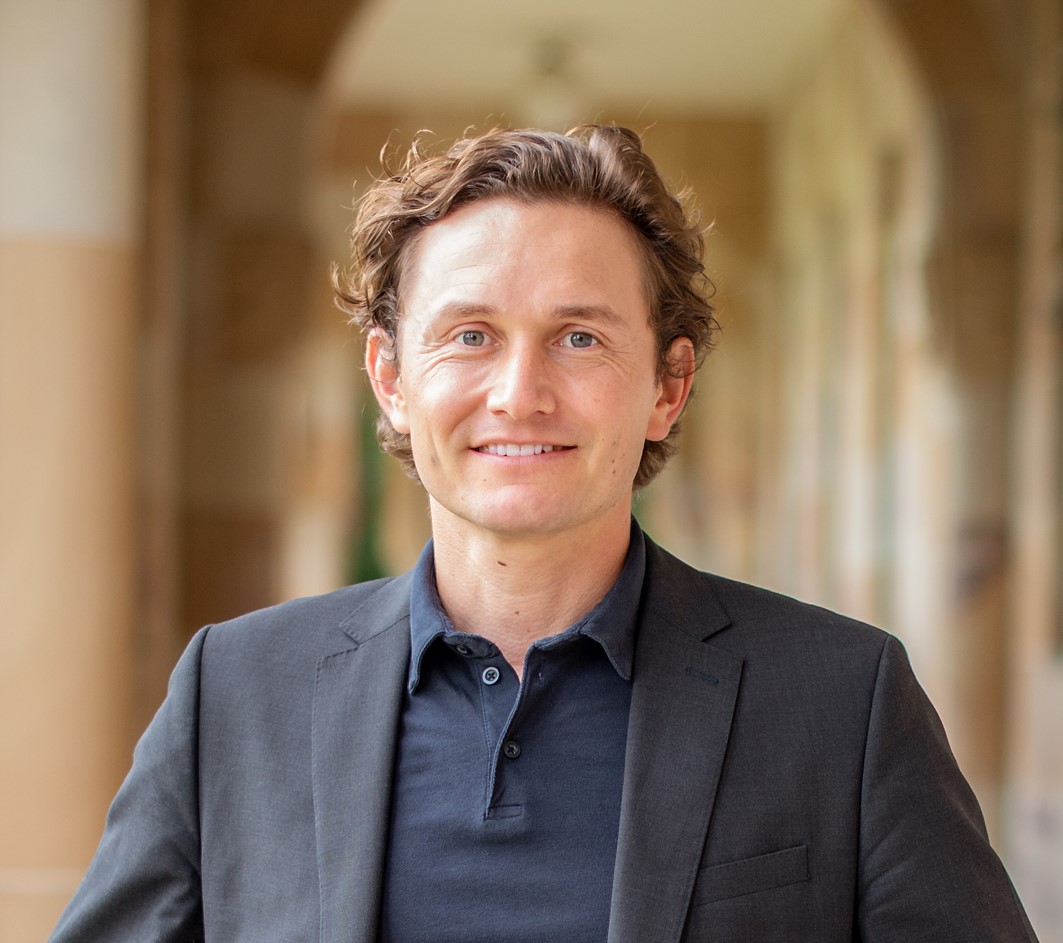
Murn Jernej
Jernej Murn is an Assistant Professor in the Department of Biochemistry at University of California, Riverside. Prior to joining UC Riverside as faculty in 2017, he was a postdoctoral researcher at Harvard Medical School/Boston Children’s Hospital where he trained with Yang Shi in epigenetics and RNA biology. Prof. Murn completed his Ph.D. in molecular biology that he shared between University of Ljubljana, Slovenia, and CEA Laboratory for Functional Genomics in France.
Research projects: The Murn lab draws inspiration from landmark discoveries and innovations that highlight the central role of RNA as life’s indispensable molecule. They are committed to solving fundamental problems in the field of RNA biology to illuminate life at the level of molecules, cells, and organisms while keeping a keen eye on potential practical implications. They are currently pursuing three major unsolved problems in the field. First, they would like to understand how RNA-binding proteins (RBPs), which regulate essentially every event in the lifetime of an RNA molecule, convey their instructions to the core effectors of RNA processing. At present, lack of this knowledge arguably presents the biggest gap in our understanding of RBP activities and thus gene regulation. Second, they are fascinated by the fact that extant cells, including human, have retained some of the most ancient RNA-based enzymes (or ribozymes), despite having replaced most others with much more economical and versatile protein-only complexes. What attributes might be rendering these molecular relics superior to proteins in modern-day cells? Taking deep conservation as an indicator of an important function, they are exploring the unannotated roles of two such relics, RNase P and RNase MRP, in mammalian cells. Third, motivated by their own preliminary data, they are trying to decipher how RNA modifications, the collective of which is sometimes referred to as the ‘epitranscriptome’, are differentially written in different tissues and how they may play particularly critical roles in development, functioning, and disease of the nervous system.











